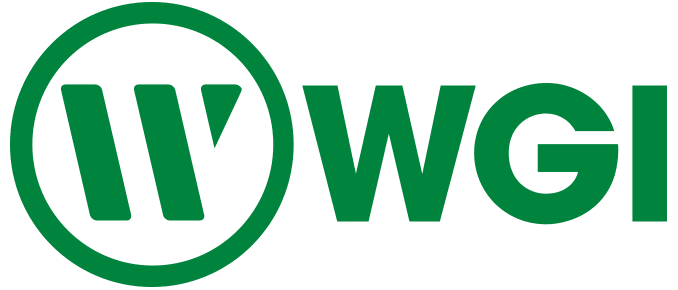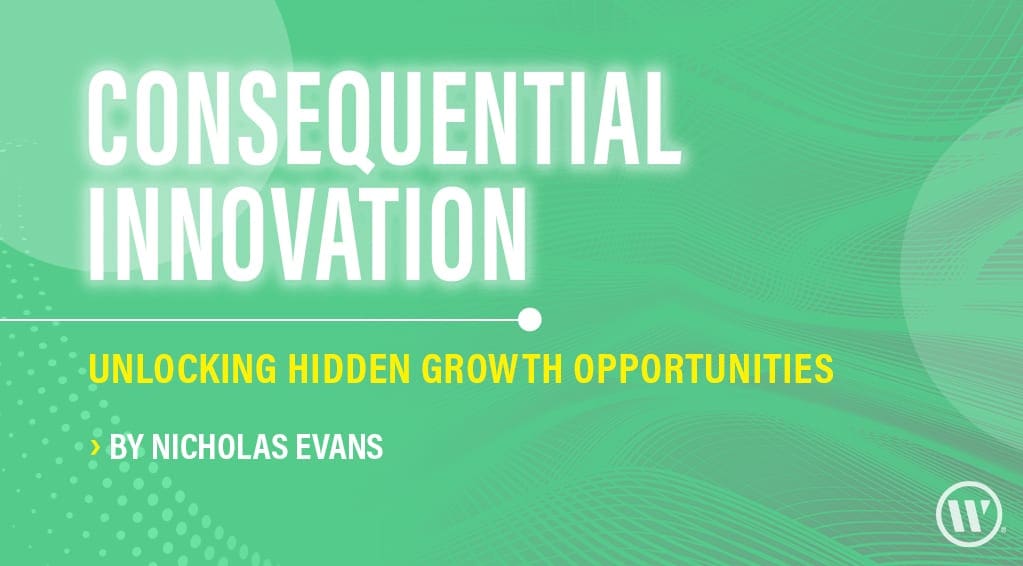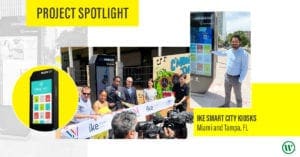This article originally appeared in the Managing Innovation & Disruptive Technology column on CIO.com. Click here to view the article on CIO.com.
Traditionally, most innovation programs have focused on either incremental or disruptive innovation: Incremental innovation to achieve near-term, quick wins and disruptive innovation to pursue longer-term big bets and game-changers. In most organizations, the split in terms of the percentage of resources and investment on each area, is typically 80/20 incremental versus disruptive.
The challenge with this binary approach is that both of these pursuits have their challenges and drawbacks. Incremental innovation tends to produce mere features and functions leading to the classic innovator’s dilemma in which large industry incumbents optimize their existing cash cow product lines by adding bells and whistles to produce sustaining innovation and miss entirely new disruptive opportunities in their market for better, faster, cheaper alternatives offering a new, good enough approach for the market. This is often described as catering to customers’ current needs as opposed to their future needs. Classic examples of companies who been impacted by the innovator’s dilemma include Blockbuster (vs. Netflix), Barnes & Noble (vs. Amazon), Kodak (vs. digital photography), and so on.

Disruptive innovation, on the other hand, while immensely attractive due to the degree of innovation, is in reality a moonshot, with very few organizations having the budgets and resources to achieve it. For organizations such as those owned by Alphabet or Elon Musk, or for organizations such as DARPA or (of course) NASA, moonshots are indeed desirable and feasible, but for most organizations, they are high risk with limited odds of success.
There is, however, an elusive middle ground, which is often completely overlooked. Unicorn startups tap into this middle ground because it’s far more predictable and achievable than aiming for disruptive innovation from day one or in a single leap. It can lead to disruptive innovation yet is a more certain and customer-driven pathway which is also more readily accepted by the market due to a faster and easier learning curve for end users.
Innovation With Impact
I call this elusive middle ground “consequential innovation.” It’s innovation that leads to consequential outcomes for the business. By focusing more on consequential innovation, and slightly less on both incremental and disruptive innovation, those fostering innovation for their organizations can unlock and capitalize on hidden growth opportunities.
Here are four recommendations to help you get started:
Take a Consequential-First Approach
When evaluating ideas, instead of giving incremental and disruptive ideas the usual treatment, look for candidates that can be consequential. This means incremental ideas that can have more impact or disruptive ideas that you can slip past the nay-sayers in your organization.
By combining a set of incremental ideas into a broader initiative, or rethinking your approach completely, you can often arrive at far more consequential outcomes than the discrete incremental ideas alone.
Disruptive ideas, by their nature, tend to be the most attacked by internal corporate antibodies. They are also subject to not-invented-here syndrome whereby internal project teams will reject them since they come from the outside. An MIT study found that R&D project teams of stable composition tend to increase their productivity over the first year and a half of working together and then level off; after five years, their productivity declines noticeably. This is particularly prevalent among teams that have been together for over five years and believe they already possess all the expertise and have cornered the market on new ideas.
To avoid these roadblocks, particularly with disruptive ideas, look to cross-pollenate your ideation sessions with a diverse mix of participants from different parts of the organization and look for ways to make future disruptions more readily accessible to the market and more acceptable to internal stakeholders.
Focus on Signature Techniques
Having determined some consequential innovation opportunities, focus on signature techniques to get them to scale. Some tried and true techniques include growth hacking, strategic pivots, and even innovating on top of existing innovations.
As an example, it can be argued that Apple’s iPhone was a consequential innovation as opposed to a disruptive innovation since it added design innovation of top of existing innovations and intellectual property related to smartphones and touchscreens. Amazon Go is another example of a consequential innovation since it combined many existing innovations and technologies related to mobile devices, IoT, and computer vision to provide a totally game-changing checkout-free shopping experience.
These signature techniques are often not even called “innovation” but are applied daily by some of the world’s foremost innovators and startups. There’s still plenty of room for failure, however, but if you get these techniques right it can result in the desired scale.
Rebalance Your Portfolio
Once you’re armed with some candidate ideas for consequential innovation and some signature techniques to get them to scale, you can begin to rebalance your innovation portfolio. Your portfolio is the set of ideas you have at any point in time moving through the innovation pipeline as these ideas move from concept to value.
However, this is not a mere rebalancing exercise. Take your existing portfolio, whether that’s 80/20 incremental/disruptive or some other ratio, and deliberately insert a new allocation for consequential innovation. You should take the most promising candidates from both the incremental and the disruptive side and place them in your new consequential allocation. As an example, take 10% from each so you now have a 70/20/10 portfolio allocation. Treat the new 20% differently as you scale these ideas by focusing on the signature techniques discussed earlier.
Innovate With Purpose
A final technique to scale your consequential innovation ideas is to innovate with purpose. I’ve written previously on balanced business models and believe that companies that focus on stakeholders over shareholders will gain a winning edge over the next ten years. To innovate with purpose, look to change how you assess and score innovative ideas as they come into your portfolio. Add some evaluation criteria into the mix that account for non-financial benefits in addition to traditional criteria such as financial value and strategic fit.
If you’re innovating related to smart cities, for example, look at how these innovations can contribute to environmental sustainability, adaptability, and social outcomes as well as items such as resilience, safety, security, mobility, and economic growth.
It’s time to aim for more than just incremental and disruptive innovation—and it’s time for the age-old discipline of innovation to be disrupted a little as well. This elusive middle-ground of consequential innovation may be just the thing we need.
This article originally appeared in the Managing Innovation & Disruptive Technology column on CIO.com. Click here to view the article on CIO.com.















